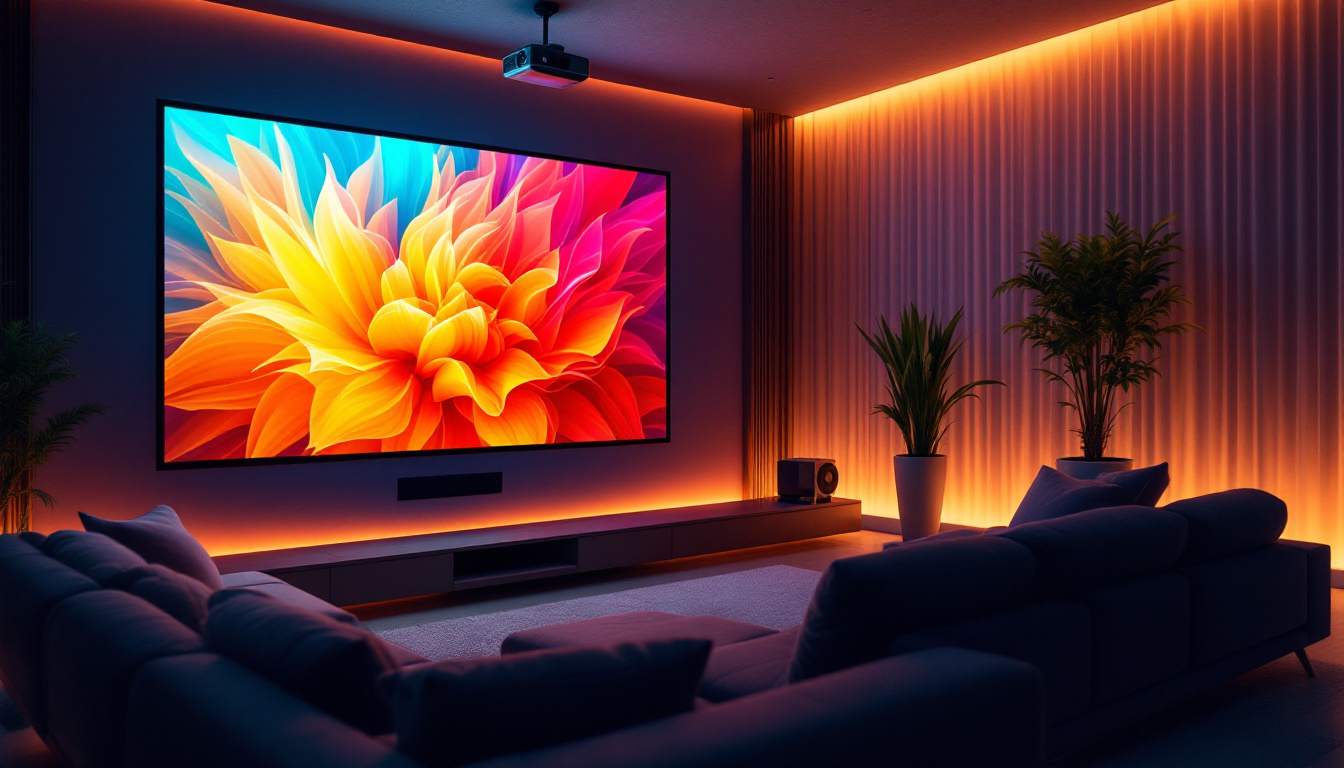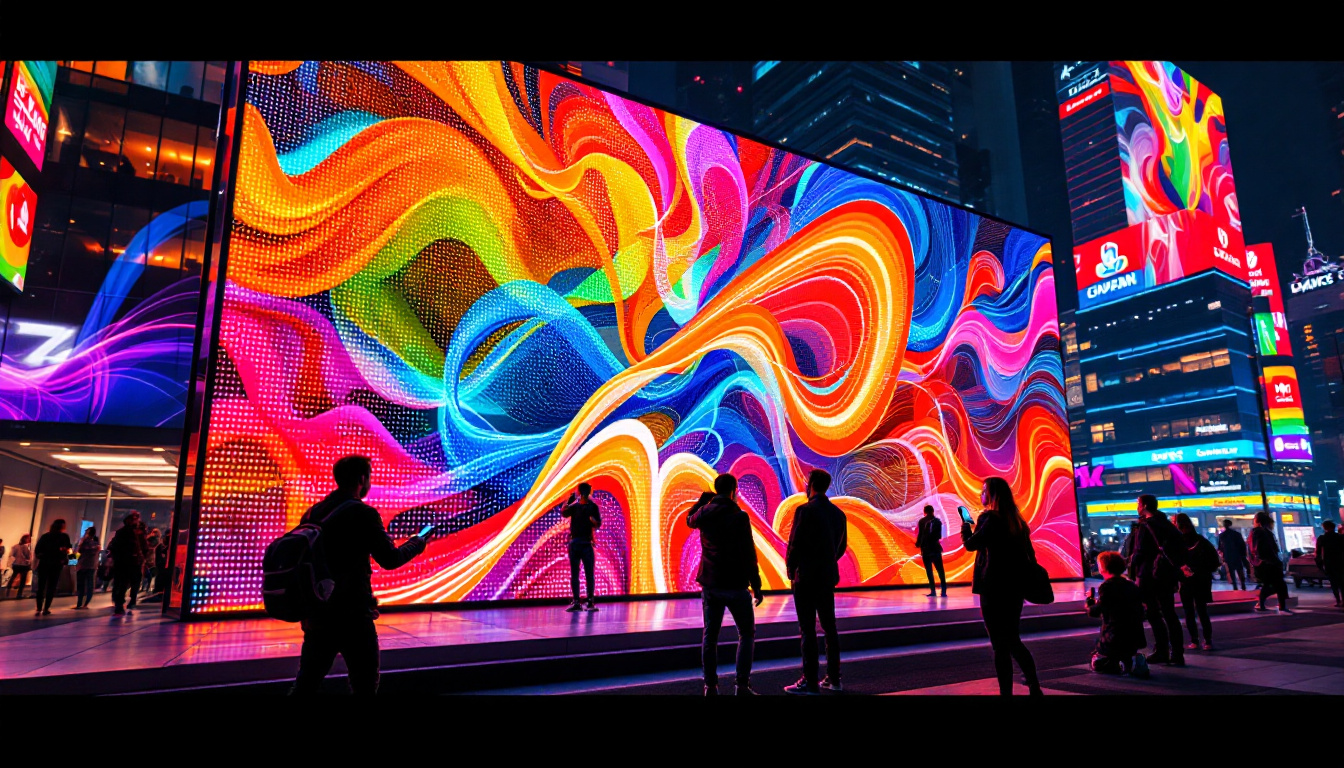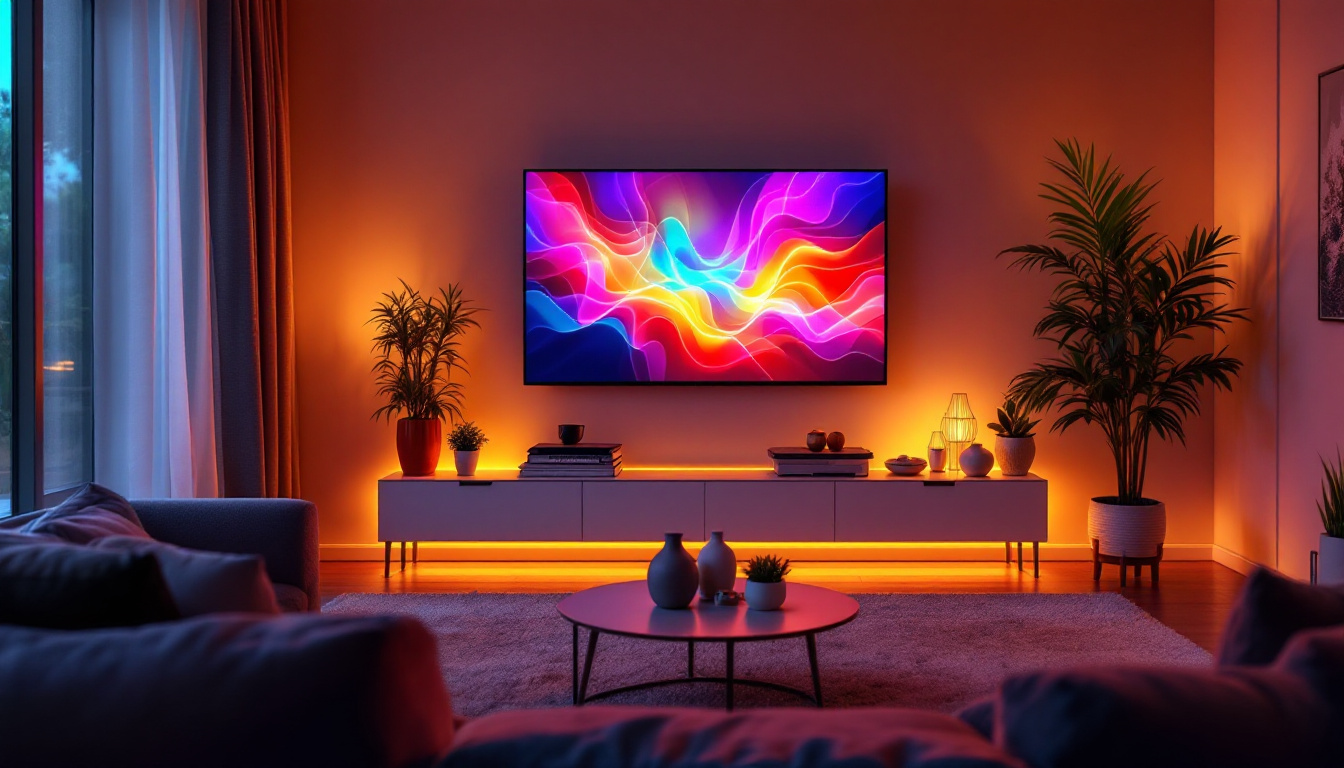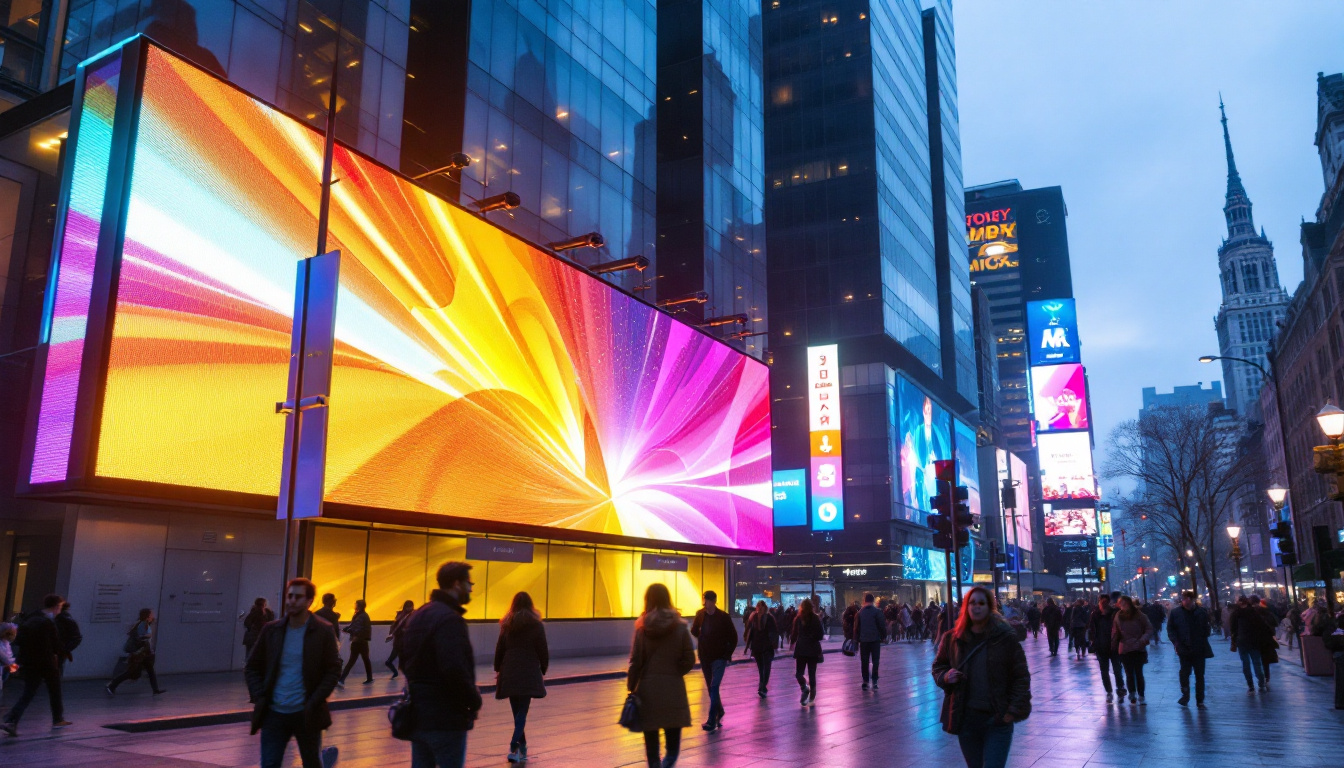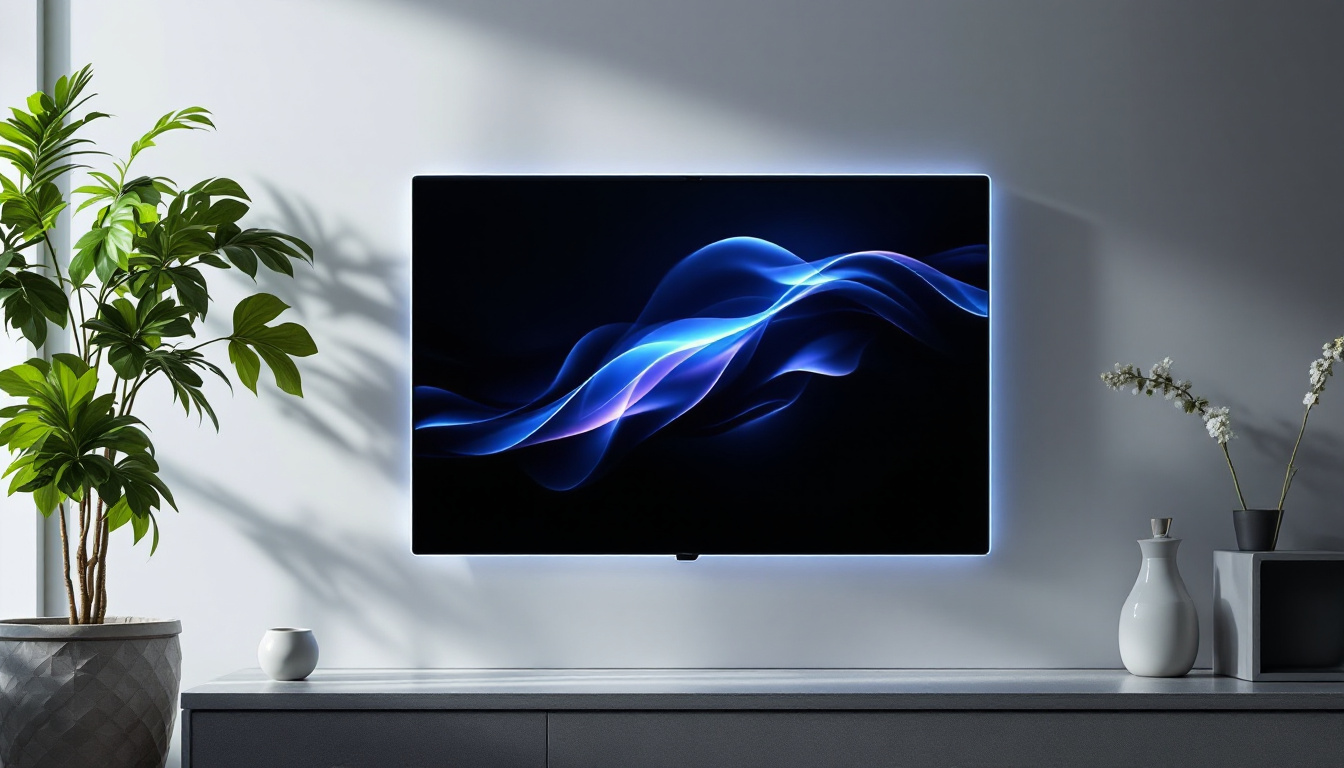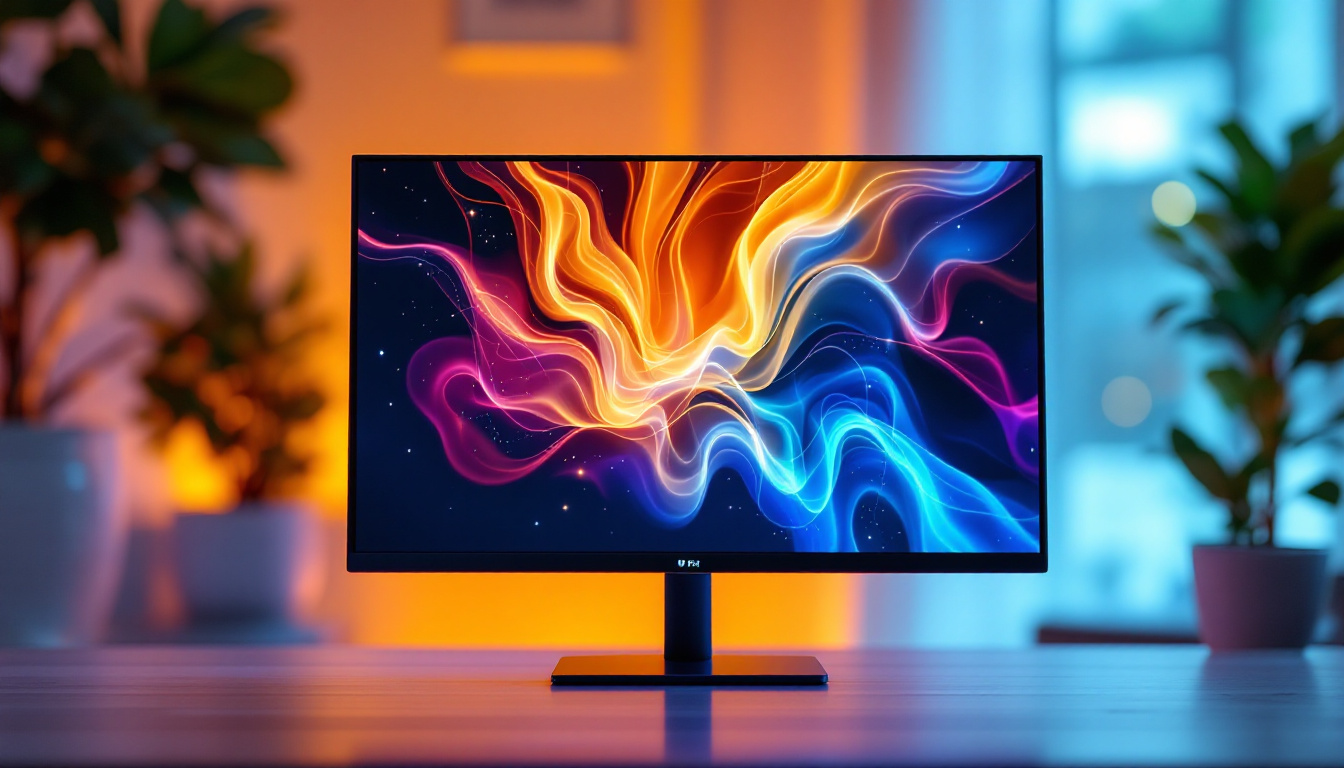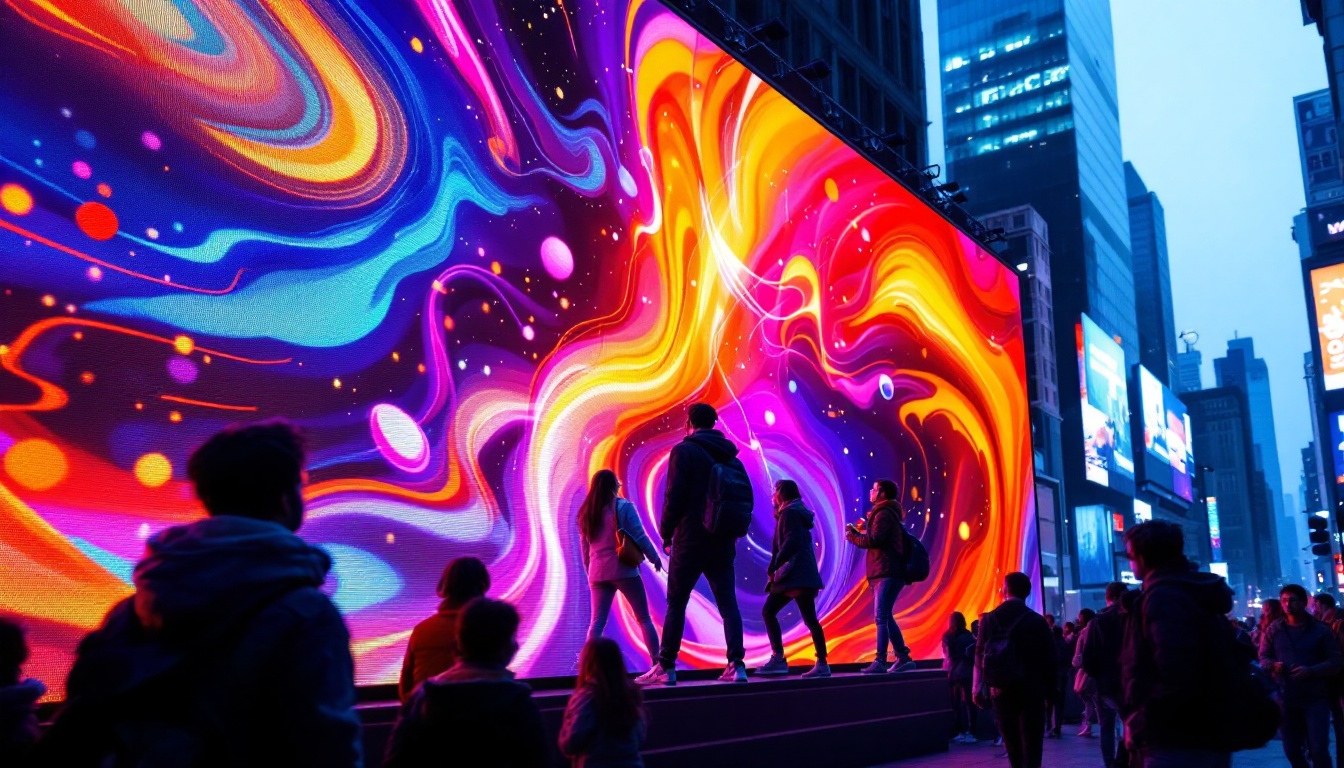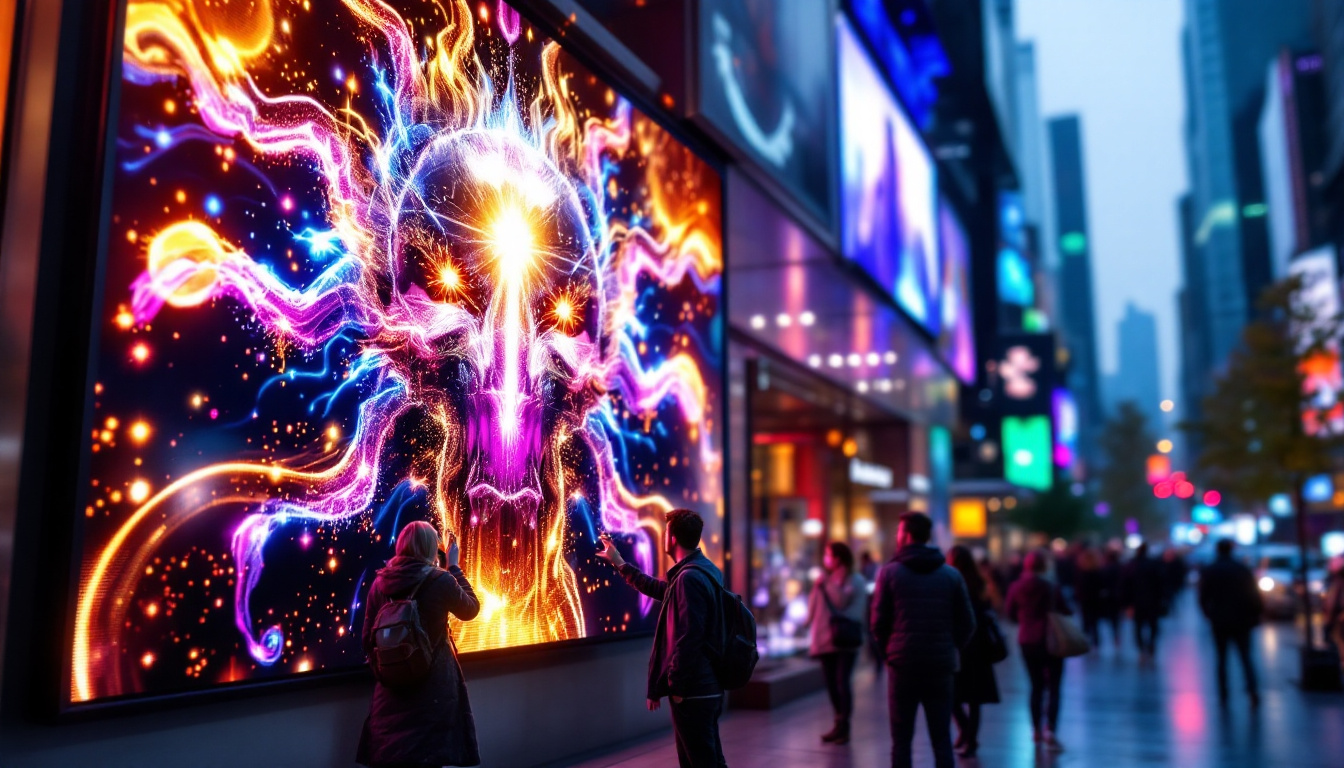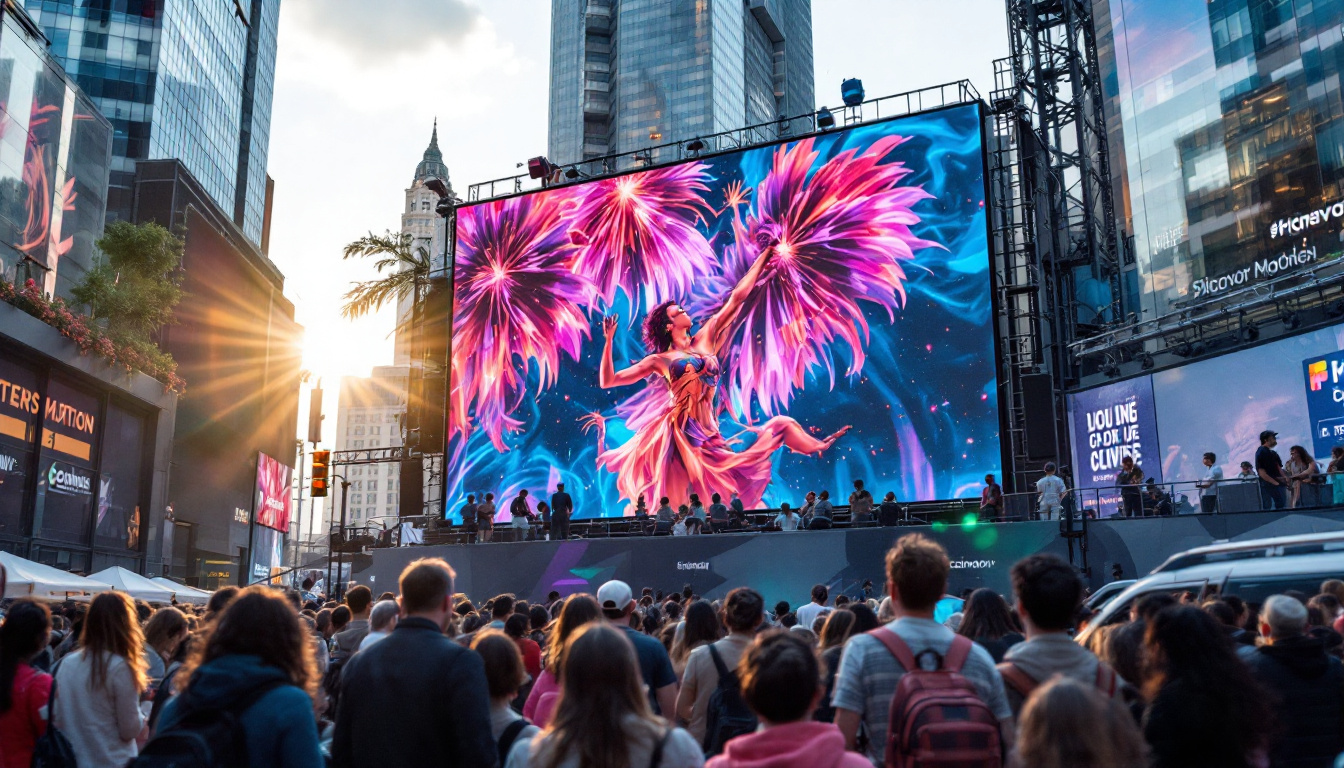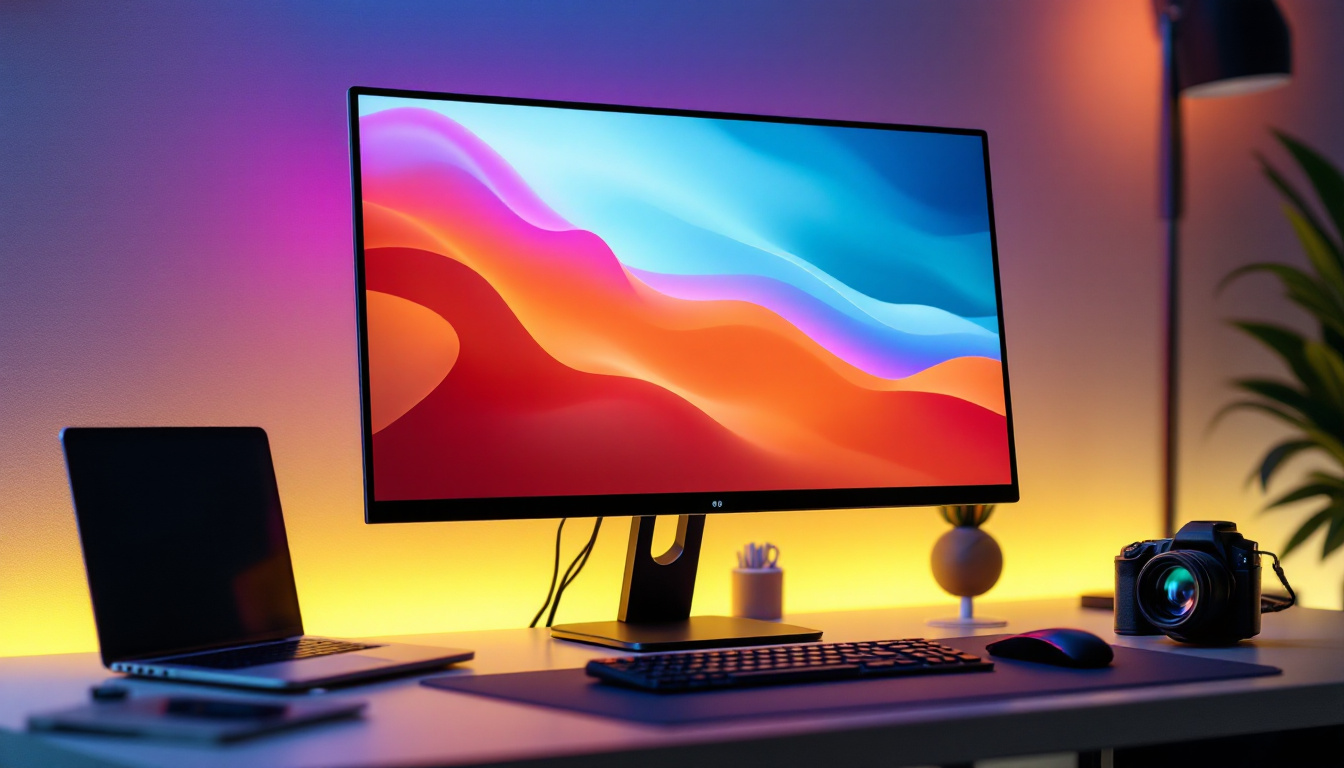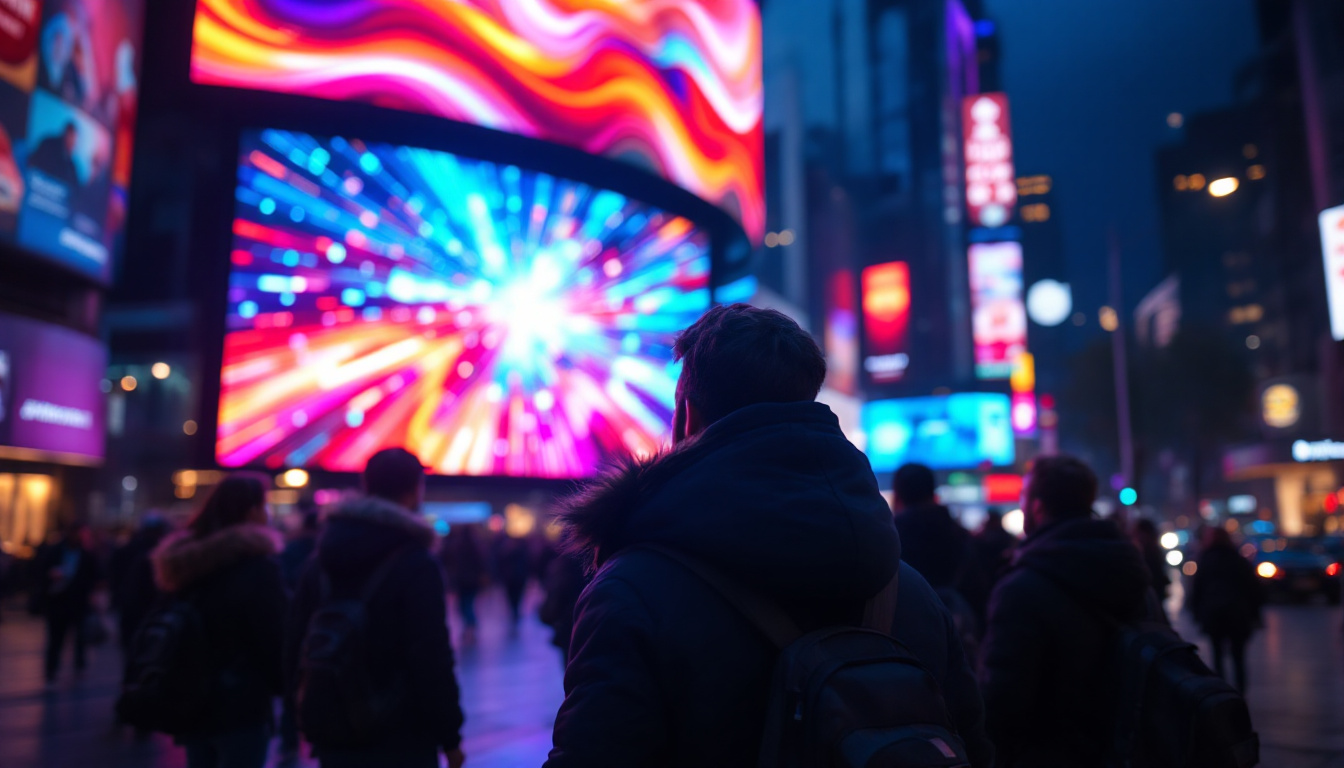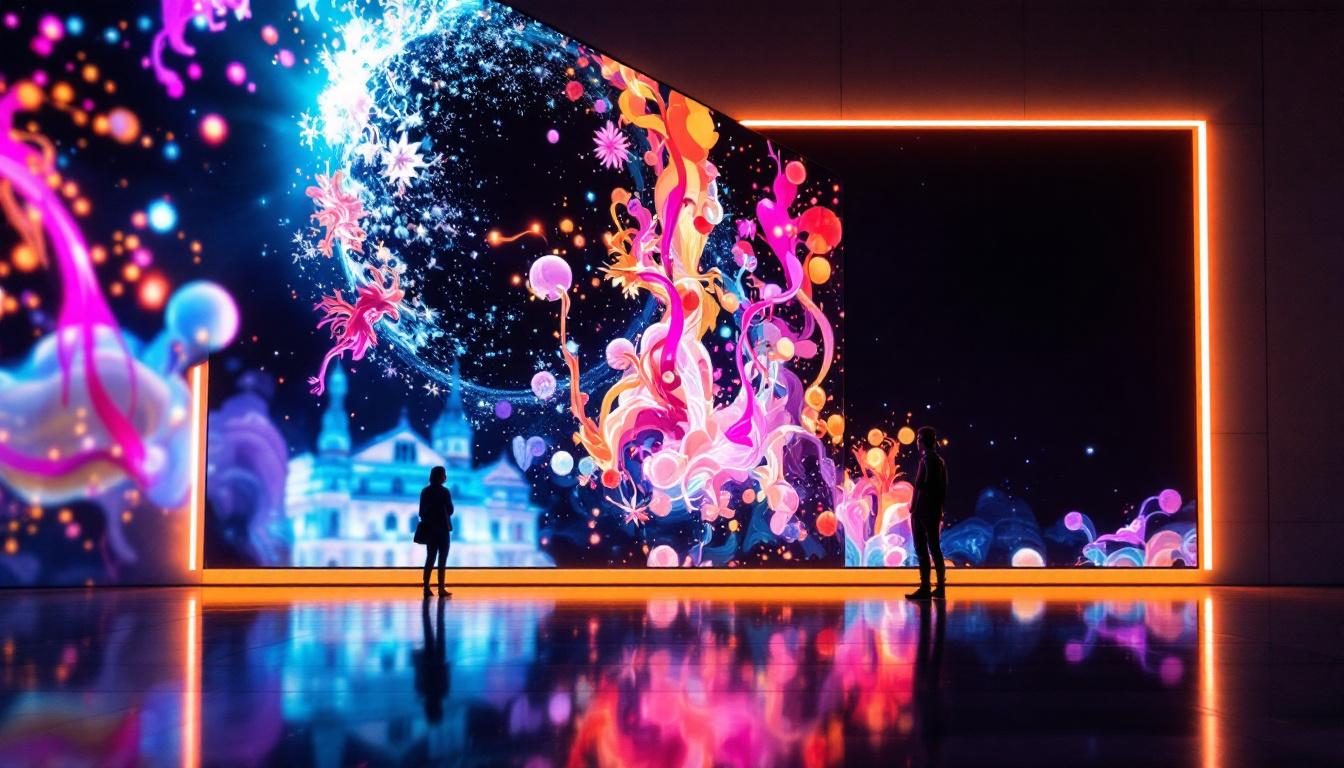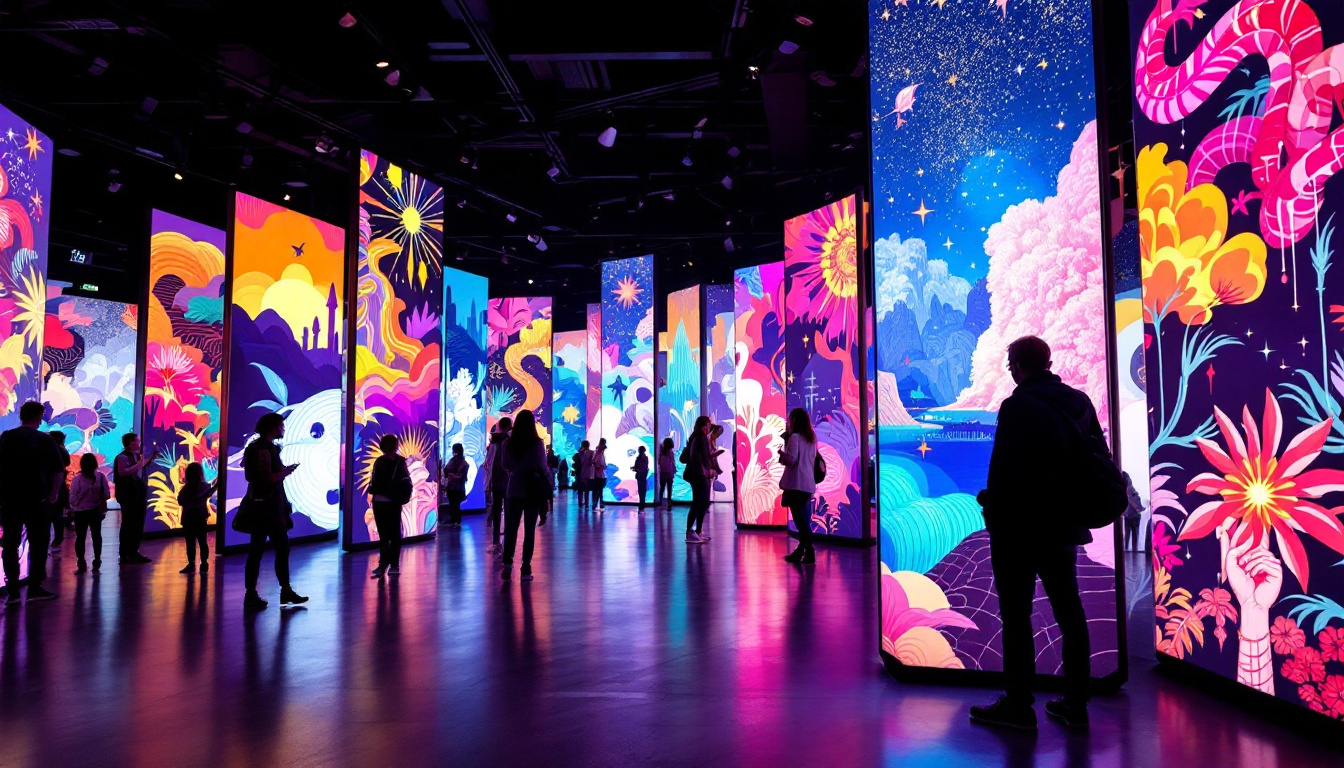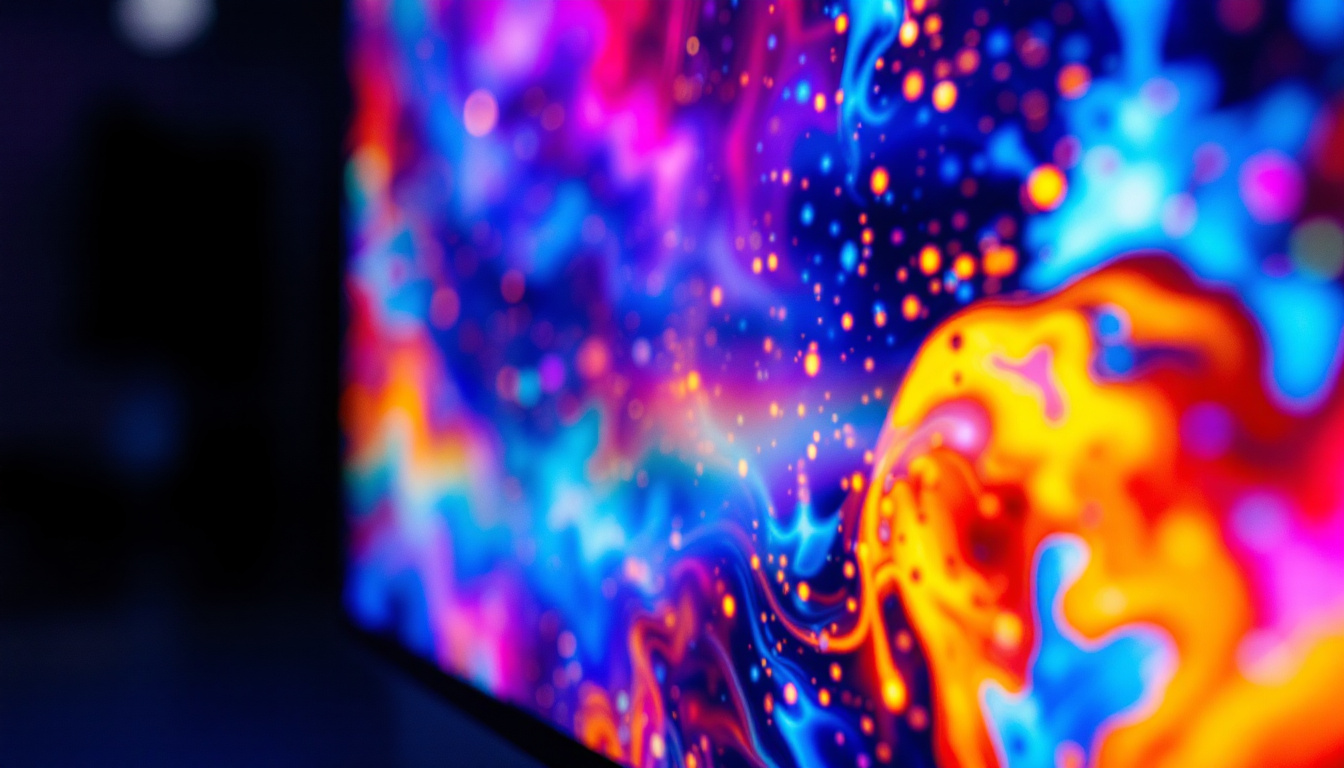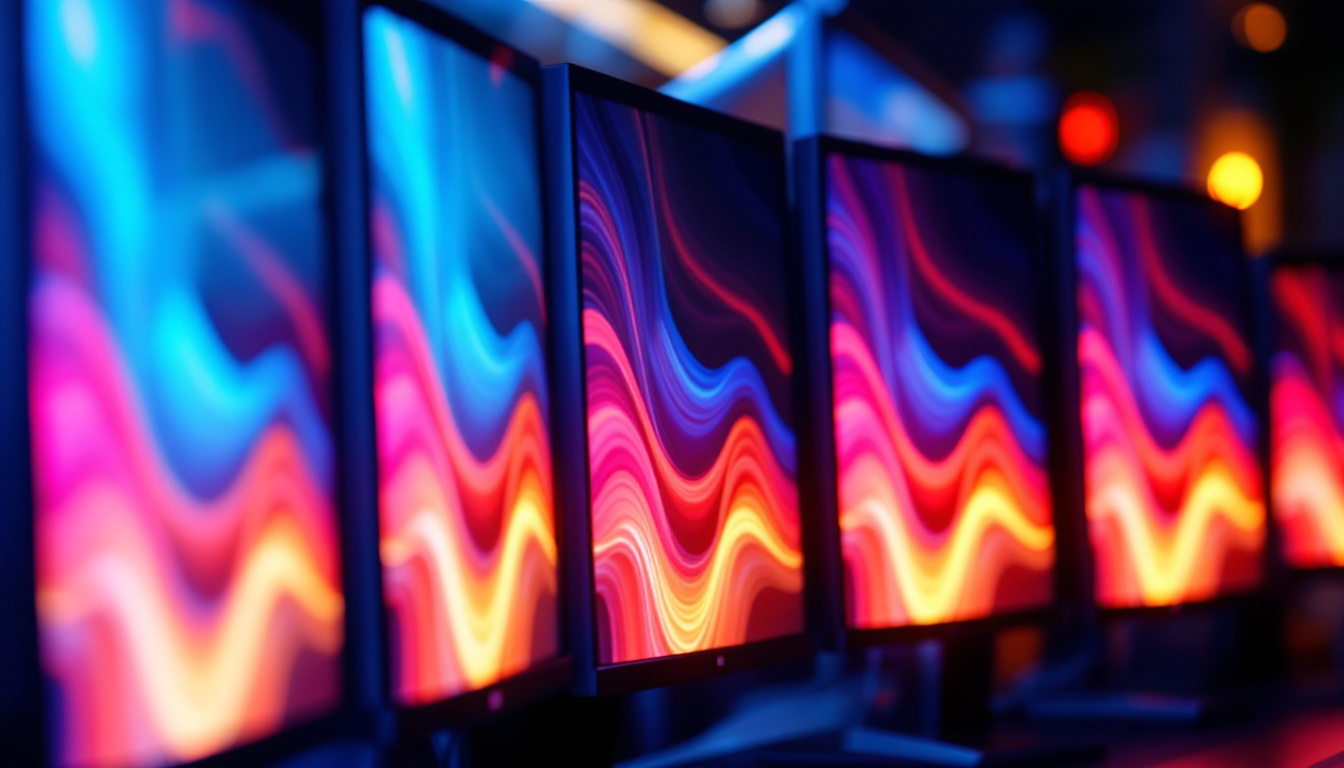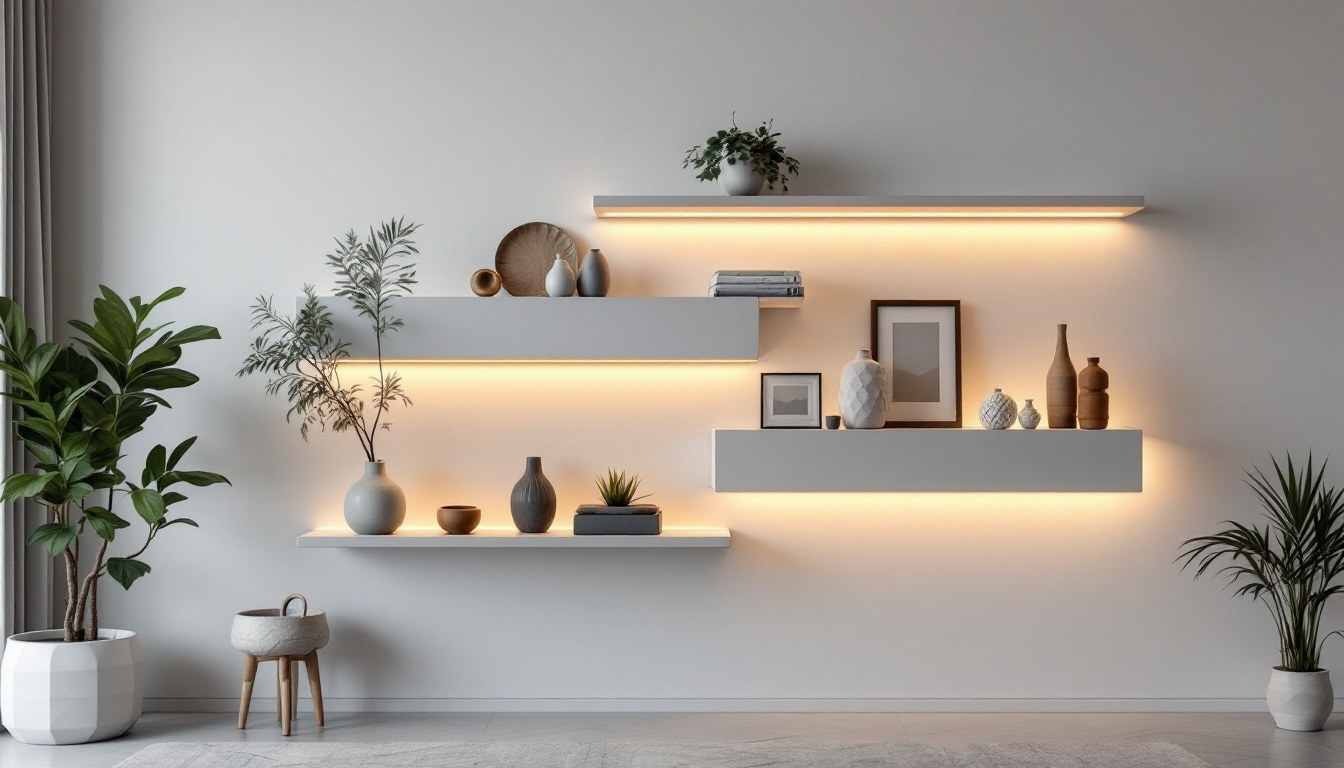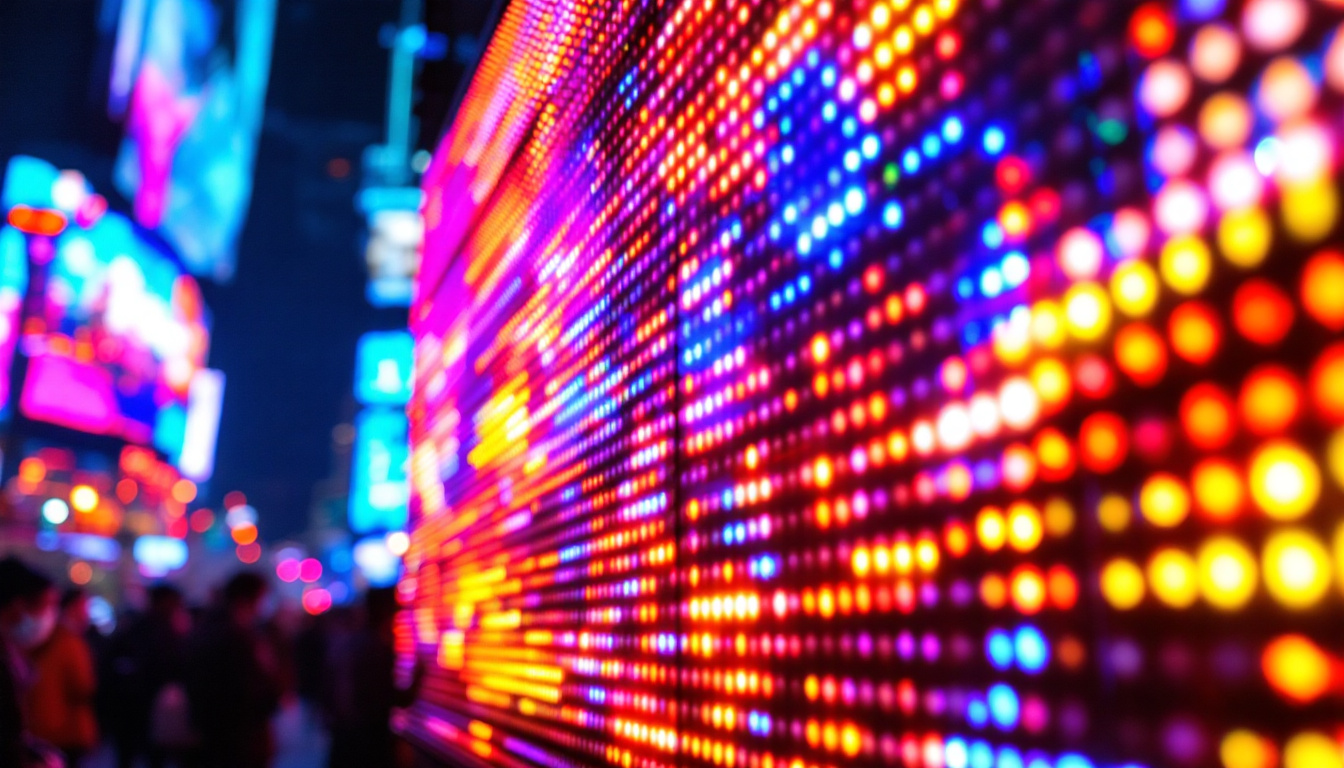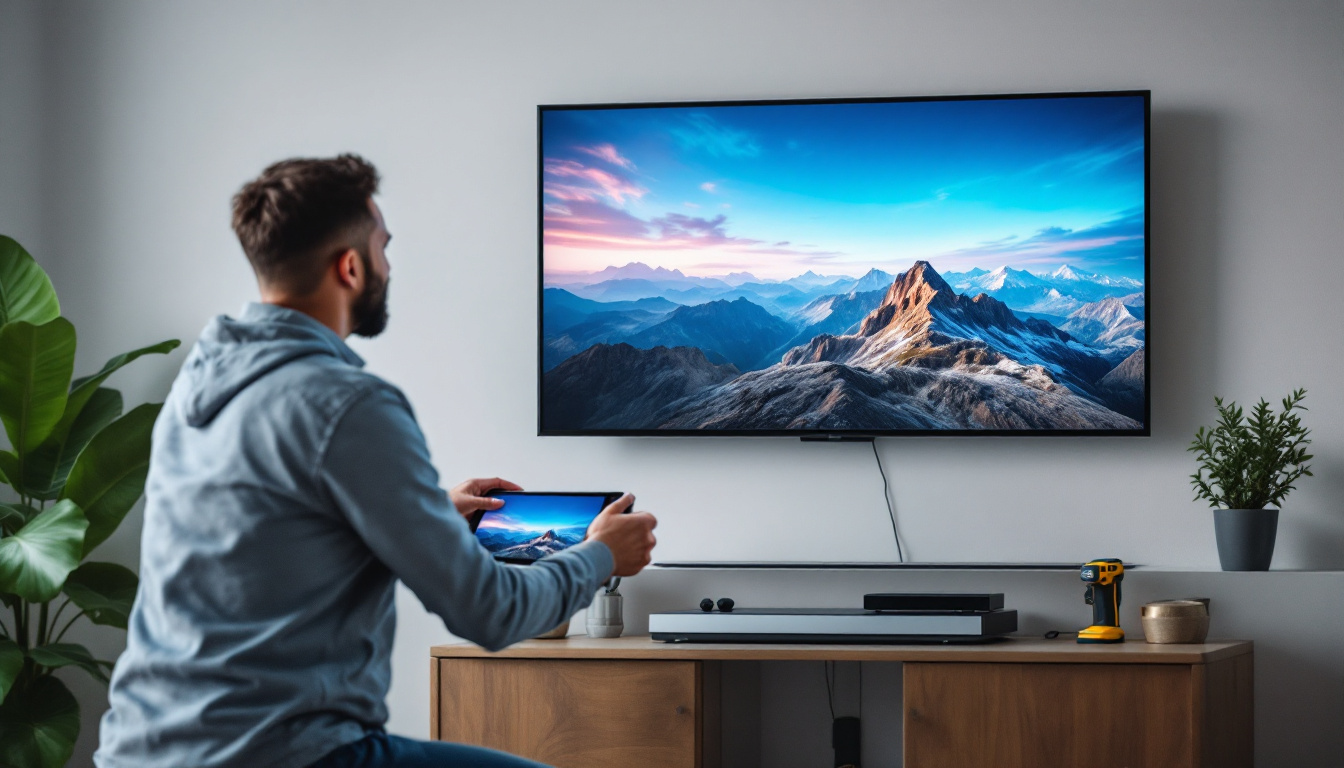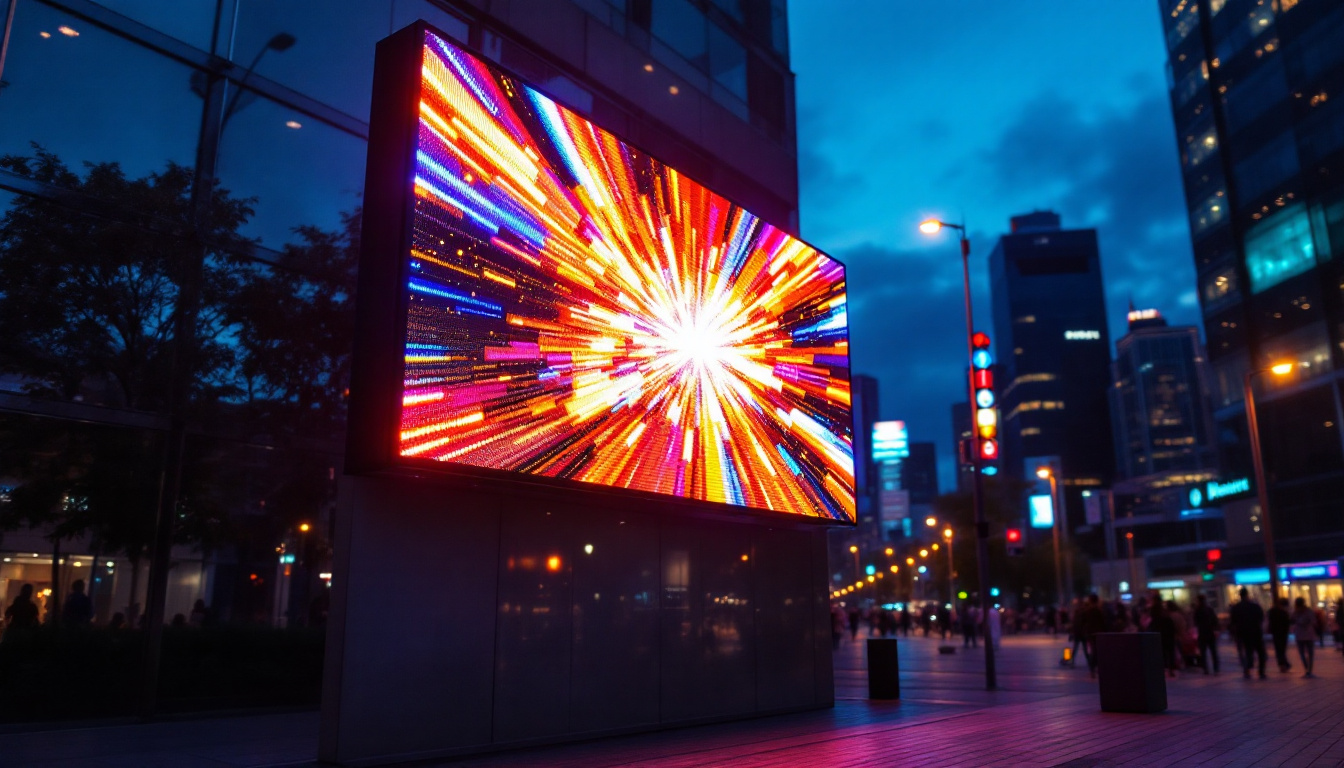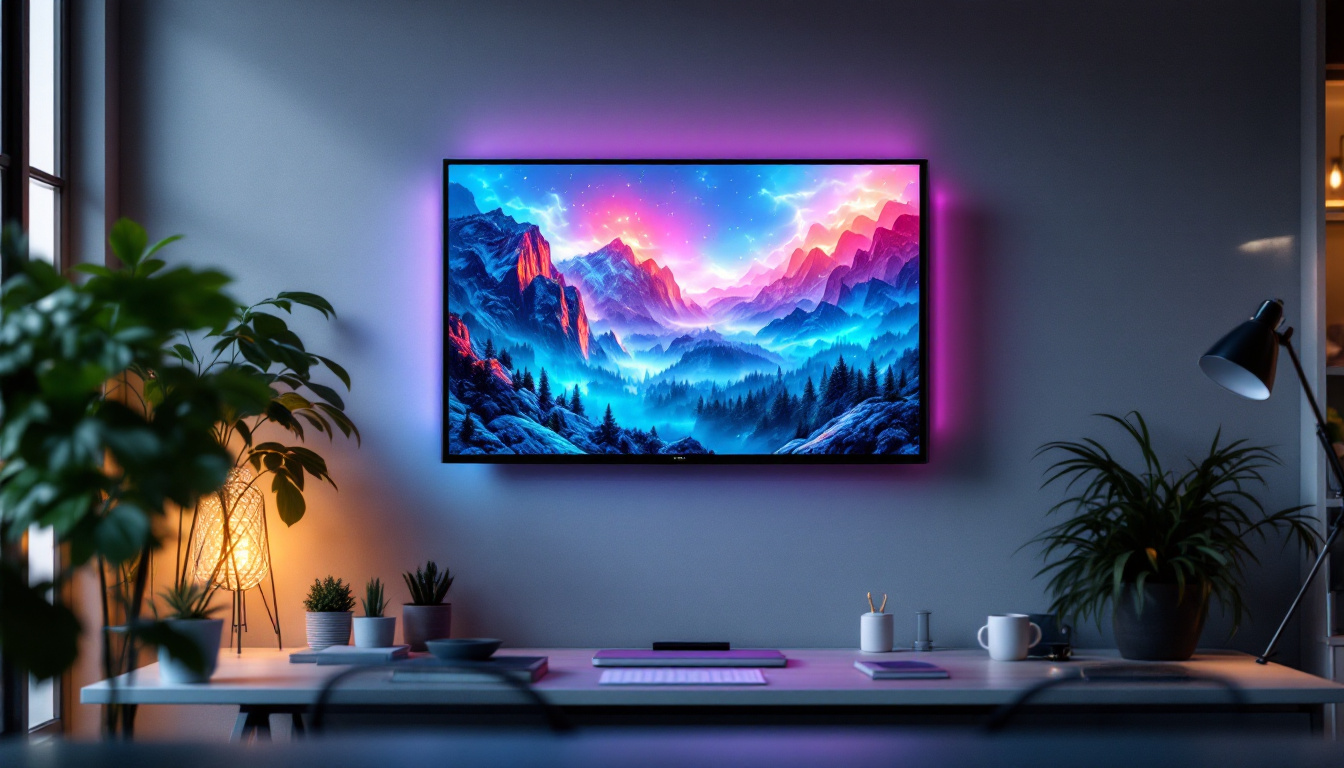In the realm of home entertainment, the media room projector has emerged as a popular choice for those seeking an immersive viewing experience. Among the various technologies available, LED displays have gained significant traction. This article delves into the intricacies of LED projectors, exploring their advantages, functionalities, and how they compare to other display technologies.
Understanding LED Technology
LED (Light Emitting Diode) technology is a method of producing light using semiconductor materials. Unlike traditional projectors that rely on lamps, LED projectors utilize these diodes to create vibrant images. This technology has transformed the way visuals are projected, offering several benefits that enhance the viewing experience.
How LED Projectors Work
LED projectors operate by using a combination of red, green, and blue LEDs to produce a full spectrum of colors. The light generated by these diodes is directed through a series of optical components, which help to focus and project the image onto a screen. This process allows for a more efficient use of light compared to conventional projectors, resulting in brighter images with better color accuracy.
Additionally, many LED projectors employ a digital light processing (DLP) or liquid crystal display (LCD) system to further enhance image quality. These systems manipulate the light produced by the LEDs to create sharp, detailed images that are ideal for both movies and presentations. The integration of these technologies not only improves the resolution but also enhances the contrast ratio, allowing for deeper blacks and more vivid colors that can bring any visual content to life.
Benefits of Using LED Projectors
The advantages of LED projectors extend beyond just image quality. One of the most significant benefits is their longevity. LED lights can last up to 30,000 hours, far surpassing traditional lamp-based projectors, which typically need replacement after 2,000 to 5,000 hours of use. This longevity translates to lower maintenance costs and less frequent interruptions during viewing sessions. Furthermore, the durability of LED technology means that these projectors are less susceptible to damage from shocks and vibrations, making them a reliable choice for mobile presentations or outdoor events.
Moreover, LED projectors are known for their energy efficiency. They consume less power than traditional projectors, making them an environmentally friendly option. The reduced heat output also means that they can operate quietly, enhancing the overall viewing experience without distracting noise. In addition, many LED projectors come equipped with smart features, such as wireless connectivity and built-in streaming capabilities, allowing users to easily access content from various devices. This versatility not only simplifies the setup process but also caters to the growing demand for seamless integration with modern technology, making LED projectors a popular choice for both home entertainment and professional use.
Comparing LED Projectors to Other Technologies
When considering a media room projector, it’s essential to compare LED technology with other prevalent options, such as LCD and DLP projectors. Each technology has its unique features and benefits, which can influence the decision-making process for potential buyers.
LED vs. LCD Projectors
LCD projectors utilize liquid crystal displays to create images, which can result in vibrant colors and sharp details. However, they often struggle with contrast ratios, leading to less effective performance in well-lit environments. In contrast, LED projectors typically offer superior contrast and brightness, making them more versatile for various lighting conditions.
Another point of differentiation is the color accuracy. While LCD projectors can produce bright images, they may sometimes over-saturate colors. LED projectors, on the other hand, provide more natural color reproduction, making them ideal for watching films or viewing high-definition content. Furthermore, the longevity of LED technology means that users can enjoy consistent performance over time without the degradation that often accompanies traditional lamp-based systems. This durability not only enhances the viewing experience but also reduces the overall cost of ownership, as users spend less on replacements and maintenance.
LED vs. DLP Projectors
DLP projectors, which use a digital micromirror device to create images, are known for their sharpness and smooth motion. They excel in producing high-quality images, especially in fast-paced scenes. However, they can sometimes exhibit the “rainbow effect,” where viewers may see brief flashes of color, which can be distracting.
LED projectors generally do not suffer from this issue, providing a more consistent viewing experience. Additionally, the maintenance and longevity of LED projectors give them an edge over DLP projectors, which may require more frequent lamp replacements. The compact design of many LED projectors also makes them a popular choice for portable setups, catering to users who need a projector that can easily transition between different environments, such as home theaters, classrooms, or outdoor events. This flexibility, combined with the energy efficiency of LED technology, makes it an attractive option for eco-conscious consumers looking to minimize their carbon footprint while enjoying high-quality visual entertainment.
Key Features to Look for in LED Projectors
When selecting an LED projector for a media room, several key features should be considered to ensure optimal performance and satisfaction. Understanding these features can help users make informed decisions that align with their viewing preferences and requirements.
Brightness and Contrast Ratio
Brightness is measured in lumens, and it plays a critical role in how well a projector performs in various lighting conditions. For media rooms with controlled lighting, a projector with 1,500 to 2,500 lumens is typically sufficient. However, for rooms with ambient light, a higher lumen count may be necessary to maintain image clarity.
Contrast ratio, on the other hand, measures the difference between the darkest and lightest parts of an image. A higher contrast ratio results in more vivid colors and deeper blacks, enhancing the overall viewing experience. Look for projectors with a contrast ratio of at least 10,000:1 for optimal performance.
Resolution and Image Quality
Resolution is another crucial factor that impacts image quality. Common resolutions include 720p (HD), 1080p (Full HD), and 4K (Ultra HD). For a media room, opting for a projector with at least 1080p resolution is recommended to ensure sharp, detailed images, especially when viewing high-definition content.
Additionally, consider the projector’s ability to handle various aspect ratios. A projector that supports 16:9 and 4:3 aspect ratios will provide versatility for different types of content, from movies to presentations.
Connectivity Options
In today’s digital age, connectivity options are essential for seamless integration with various devices. Look for LED projectors that offer multiple input options, including HDMI, USB, and wireless connectivity. This flexibility allows users to connect laptops, streaming devices, and gaming consoles effortlessly, enhancing the overall functionality of the projector.
Furthermore, some modern projectors come equipped with built-in smart features, enabling users to access streaming services directly without the need for additional devices. This can simplify the setup process and enhance the user experience.
Setting Up an LED Projector in Your Media Room
Once the right LED projector has been chosen, the next step is setting it up in the media room. Proper installation and configuration are vital to achieving the best viewing experience possible.
Choosing the Right Location
The location of the projector significantly impacts image quality and viewing comfort. Ideally, the projector should be placed at a distance that allows for a large image without distortion. This distance can vary based on the projector’s specifications, so consulting the user manual is advisable.
Additionally, consider the height and angle of the projector. Mounting it at the appropriate height will help avoid keystone distortion, where the image appears trapezoidal instead of rectangular. Many projectors come with lens shift and keystone correction features to assist with this adjustment.
Screen Selection
The choice of screen can also influence the overall viewing experience. A high-quality projection screen can enhance brightness and contrast, making images appear more vibrant. Screens come in various materials, including matte and glossy finishes, each offering different benefits depending on the room’s lighting conditions.
For dedicated media rooms with controlled lighting, a matte screen is often preferred, as it minimizes reflections and provides a more uniform image. In contrast, glossy screens may be suitable for environments with some ambient light, as they can enhance brightness.
Maintaining Your LED Projector
Cleaning and Care
Dust and debris can accumulate on the projector’s lens and filters, affecting image quality. Regularly cleaning the lens with a soft, lint-free cloth can help maintain clarity. Additionally, checking and cleaning the air filters will prevent overheating and ensure proper airflow, which is crucial for the projector’s performance.
It’s also advisable to follow the manufacturer’s guidelines for maintenance schedules. Keeping the projector in a cool, dry environment can further enhance its longevity and performance.
Software Updates
Many modern LED projectors come equipped with software that may require periodic updates. Keeping the firmware up to date can improve functionality, introduce new features, and enhance compatibility with various devices. Regularly checking for updates ensures that the projector operates at its best.
Conclusion
LED projectors have revolutionized the way media is consumed in home entertainment spaces. With their impressive image quality, energy efficiency, and longevity, they present a compelling option for anyone looking to create a media room. By understanding the technology, comparing it with other options, and considering essential features, users can make informed decisions that enhance their viewing experience.
Ultimately, the right LED projector can transform a simple media room into a captivating cinematic experience, bringing movies, sports, and gaming to life in vivid detail. With careful selection, setup, and maintenance, the enjoyment of high-quality visuals can be a long-lasting feature of any home entertainment system.
Discover LumenMatrix LED Display Solutions
Ready to elevate your media room with the latest in LED display technology? Look no further than LumenMatrix, a pioneer in crafting immersive visual experiences. Whether you’re interested in an Indoor LED Wall Display for your home theater, an Outdoor LED Wall Display for events, or any of our innovative solutions like Vehicle LED Displays, LED Posters, or Custom LED Displays, LumenMatrix has you covered. Embrace the future of visual communication and transform your space with our captivating and energy-efficient LED display modules. Check out LumenMatrix LED Display Solutions today and see the difference for yourself.

